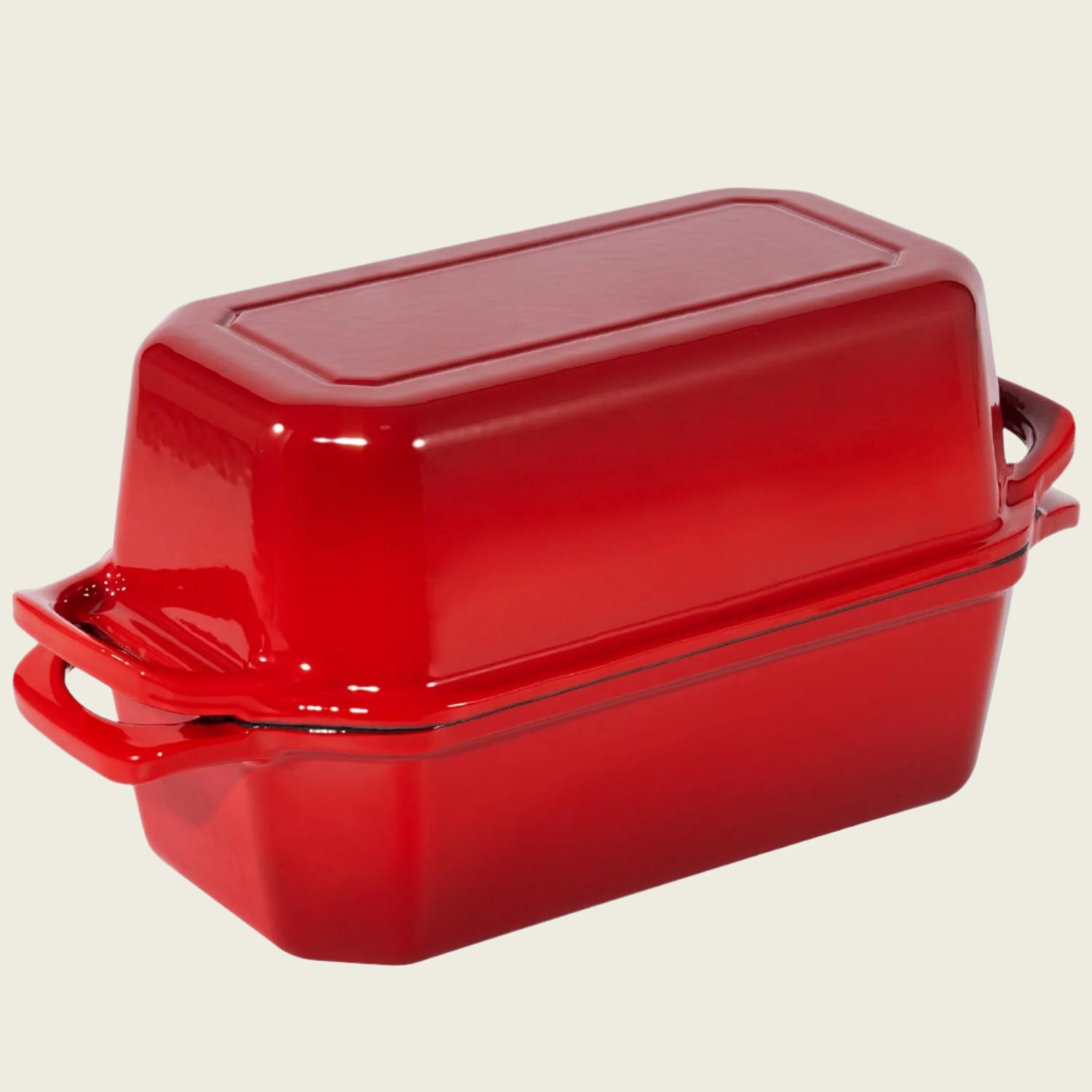Enameled Cast Iron Dutch Oven Buying Guide
Share
Enameled cast iron Dutch ovens have become a must-have for home cooks, thanks to their versatility, durability, and timeless design. With so many options available, ranging from $50 to $350, it can be challenging to decide which one is right for you. Surprisingly, a $50 Dutch oven can perform just as well as a $350 one when it comes to cooking, as the fundamental principles remain the same. The key differences often lie in durability, aesthetics, and brand reputation.
Why a Dutch Oven Deserves a Spot in Your Kitchen
Dutch ovens have been around for centuries, and there’s a reason they’ve stood the test of time. These pots are incredibly reliable, known for their even heat distribution and ability to create rich, flavourful meals. They’re like the Swiss Army knife of cookware—perfect for searing, braising, roasting, simmering, and even baking bread. Whether you’re whipping up a hearty stew, frying chicken, or making crusty artisan bread, a Dutch oven can do it all.
The enamel coating is what makes modern Dutch ovens extra special. This glass-like layer bonded to the cast iron prevents rust, simplifies cleaning, and allows for soap use without worry. Just handle it with care—like glass, enamel can crack with sudden temperature changes, so avoid preheating an empty pot on high heat.
Features to Consider
When shopping for a Dutch oven, these features are worth keeping in mind:
-
Cooking Surface: Look for a flat bottom for even heat distribution, which is crucial for browning and searing. A light-coloured interior is ideal as it allows you to monitor food easily while cooking.
-
Handles: Large, sturdy handles are a must for safe and comfortable handling. They should also remain relatively cool during stovetop use.
-
Lid Design: A tight-fitting lid is essential to trap moisture and flavour. Opt for a lid with a solid metal pull rather than plastic to avoid issues with melting at high temperatures.
-
Size: For individuals or couples, a 3-4 quart Dutch oven may be sufficient. A 5-6 quart pot is more versatile and better suited for families or entertaining guests.
-
Shape: Round Dutch ovens are the most versatile and fit well on stovetops. Oval shapes are excellent for roasting larger cuts of meat or baking bread.
Care and Maintenance
Some worry about staining, especially with lighter-coloured interiors. Stains are purely cosmetic and do not affect the performance of the pot. These marks can even be seen as a record of all the delicious meals prepared over time.
To maintain your Dutch oven:
-
Avoid using metal utensils that could scratch the enamel.
-
Clean with gentle scrubbers and avoid abrasive cleaners.
-
Allow the pot to cool before washing to prevent thermal shock.
Embracing the Dutch Oven Renaissance
There’s something almost magical about cooking with a Dutch oven. It’s not just about the food—it’s about the process. The gentle simmering, rich aromas, and layering of flavours create an experience that’s both meditative and deeply satisfying. In a fast-paced world, using a Dutch oven invites you to slow down and savour the art of cooking.
